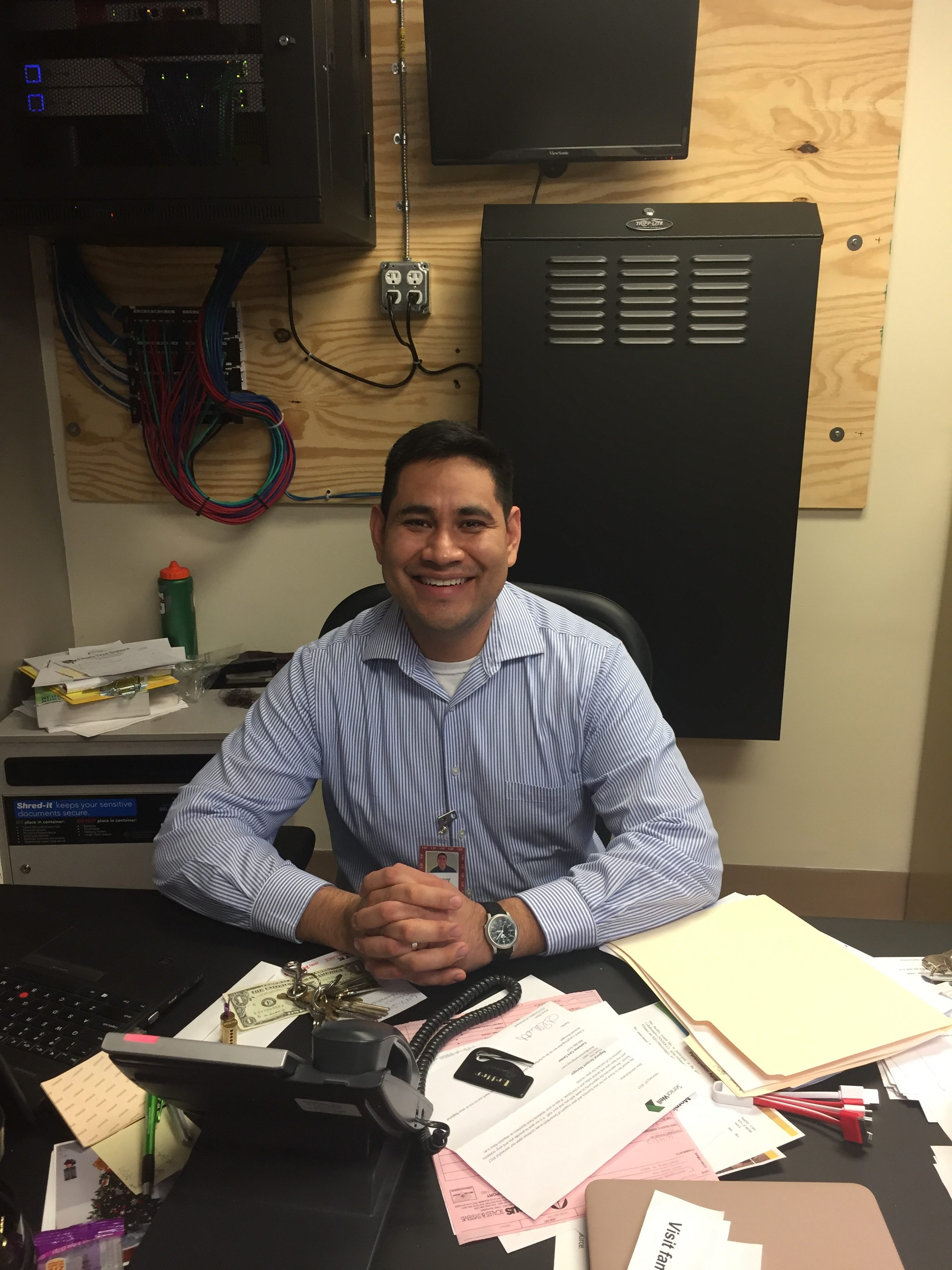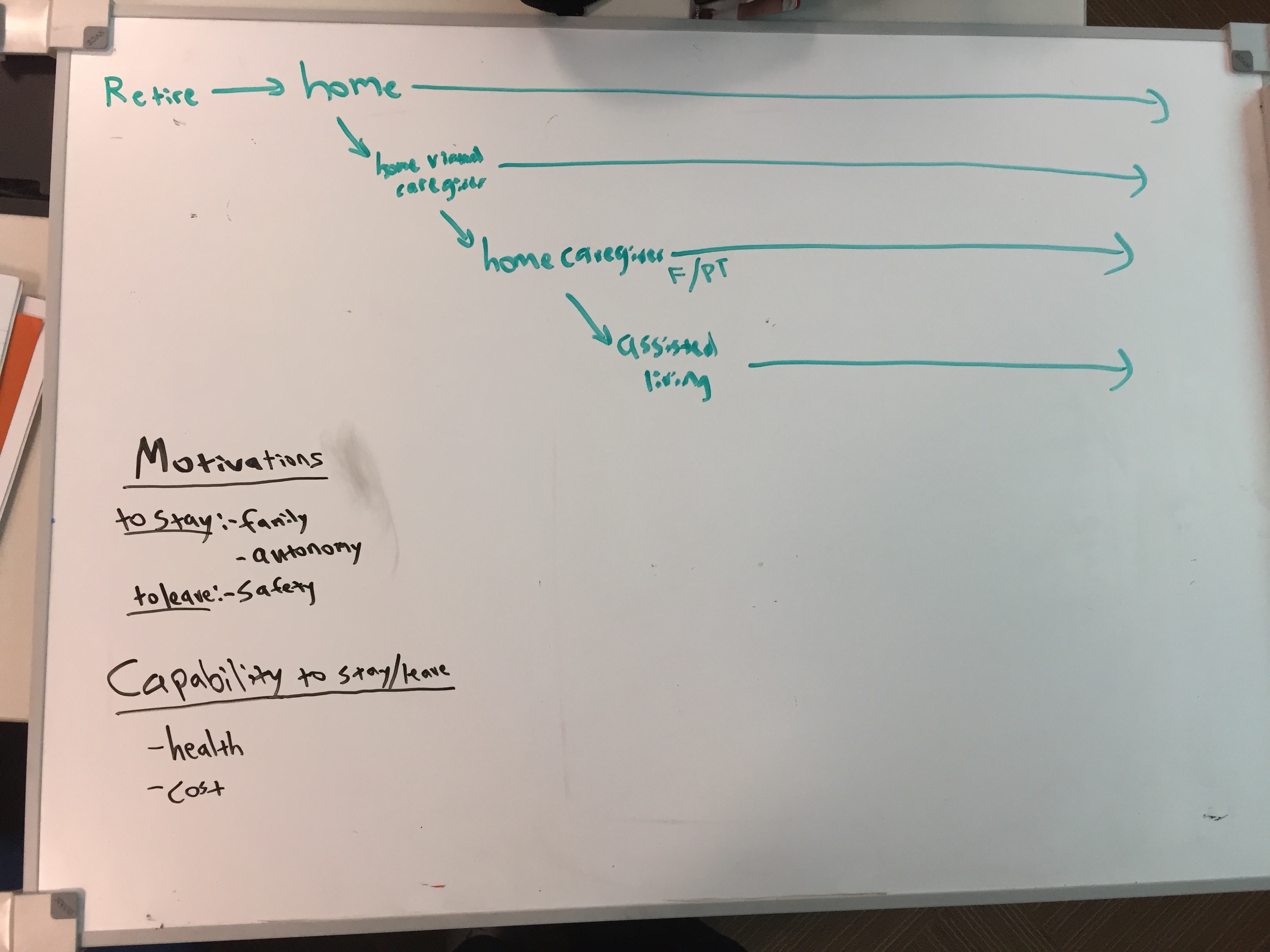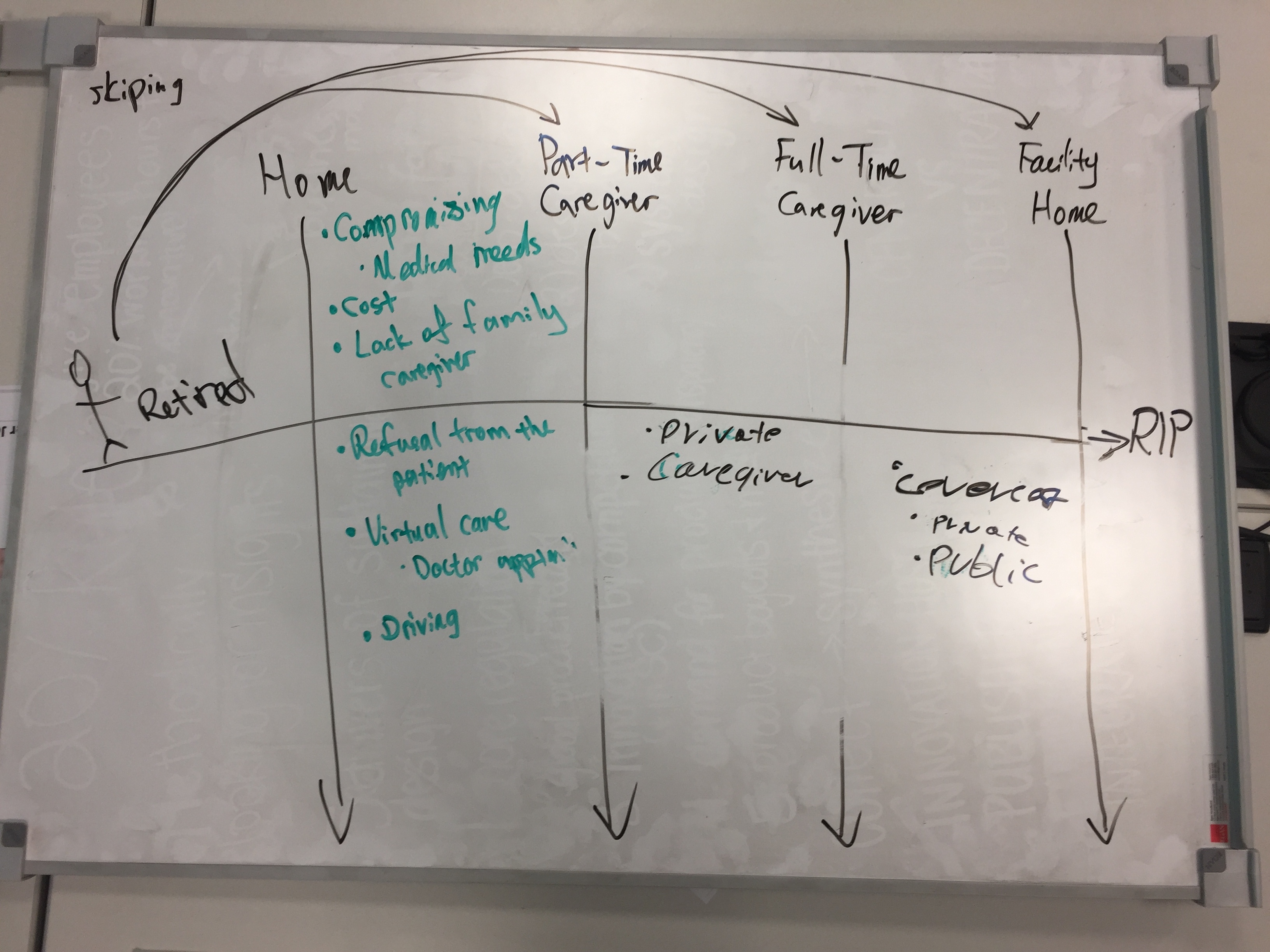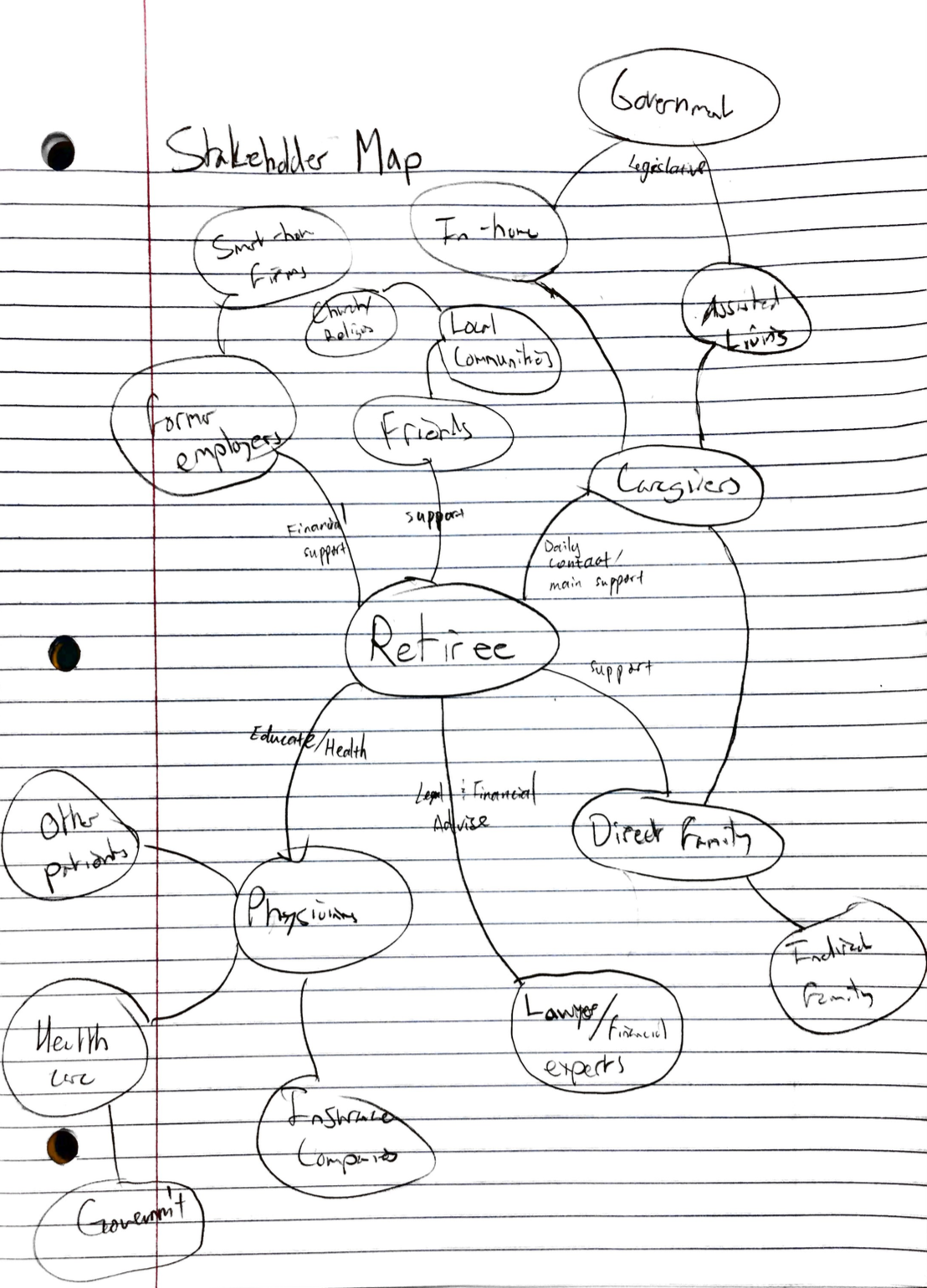
Workaround #1 – While home brewing beer with my dad, we needed a faster way to cool down the boiling mixture so we set the pot up in a bucket with lots of ice and cold water circulating through via a hose.
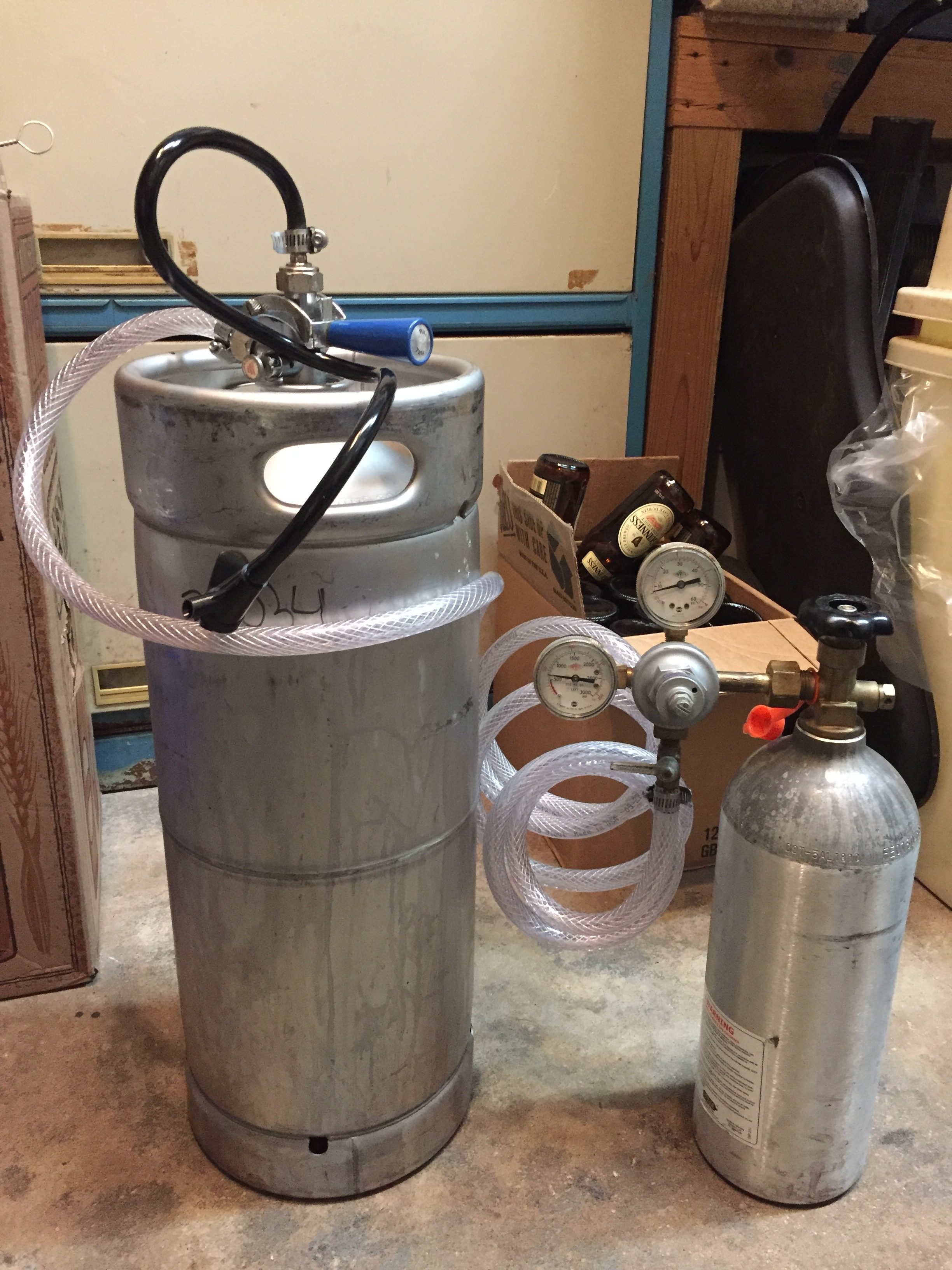
Workaround #2 – When we kegged our home brewed beer, we did not have a compatible spout for the keg (since the CO2 tank did not allow a traditional keg tap to be attached). So we cut the hose and spout off of a traditional pony tap and fastened it directly to the keg.
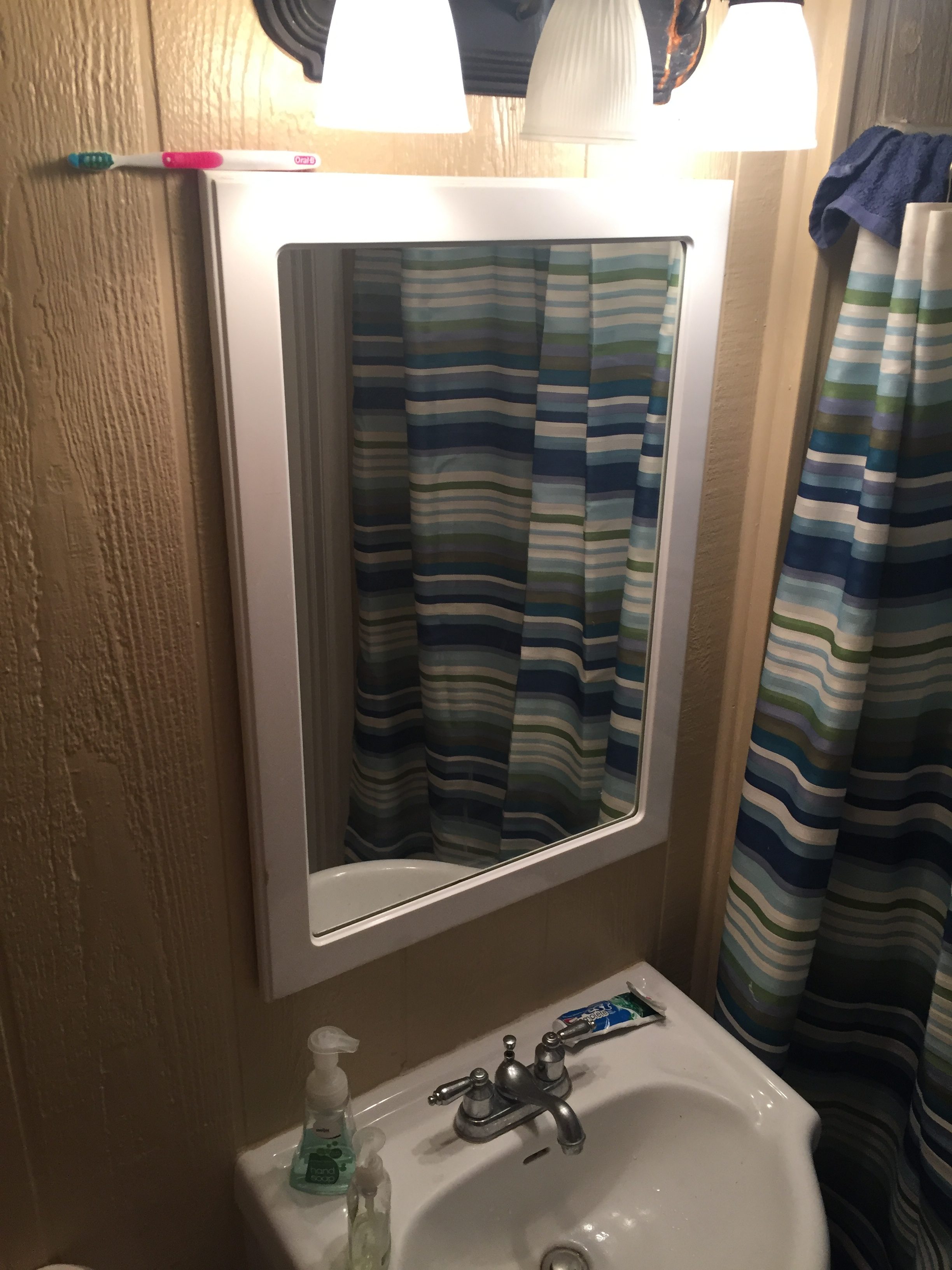
Workaround #3 – In order to keep my toothbrush from resting on the sink counter, I put it on the ledge above the mirror where it does not touch anything. This is necessary because of how small my counter top is.

Workaround #4 – While driving back to South Bend from Florida, I saw these two guys driving and they presumably did not have working blinkers. I realized this was a workaround when the man in the back seat would use his arm to signal to the other cars that they would be changing lanes.

